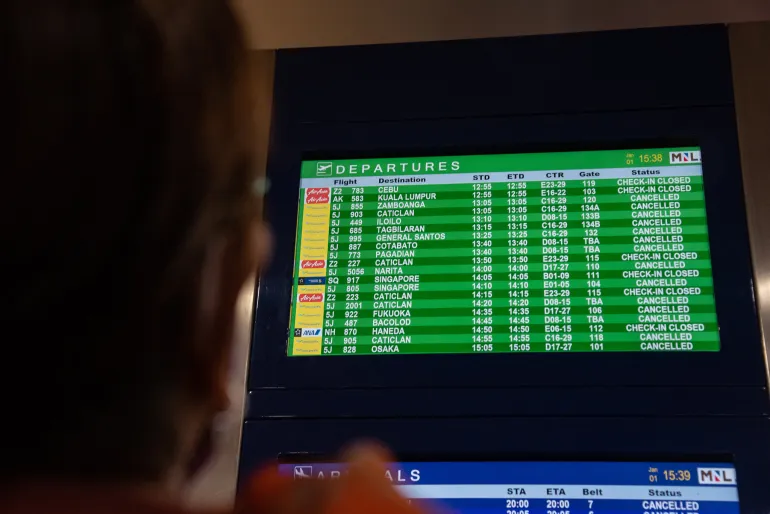Transportation hubs, such as airports, train stations, and bus terminals, serve as bustling gateways for travelers around the world. These hubs are known for their efficiency and connectivity, but they rely heavily on uninterrupted power to maintain operations. In this article, we dive into the critical role of emergency lighting in ensuring safety and continuity in the face of unforeseen power outages.
At Ninoy Aquino International Airport, the Philippines’ busiest hub in Manila. Tens of thousands of travelers, both domestic and international, are in transit. Suddenly, chaos erupts as a power outage strikes, plunging the entire airport into darkness.

The incident occurred on that fateful day, when a malfunction in the power supply disrupted air traffic control and communication systems. As a result, hundreds of flights had to be canceled, delayed, or diverted. The lives of some 65,000 passengers were thrown into disarray, facing uncertainty and inconvenience.
The Manila airport incident starkly illustrates the consequences of inadequate emergency lighting in transportation hubs. In the absence of efficient emergency lighting system, confusion reigned supreme. Passengers and airport staff struggled to navigate the darkened terminals, and anxiety levels soared. Delays rippled through the travel plans of thousands, leaving travelers frustrated and disoriented.
A power outage, though unforeseen, does not have to translate into chaos and confusion. Transportation hubs need to invest in advanced emergency lighting systems to mitigate the impact of such incidents.
Now, picture a scenario where the Manila airport had a well-equipped emergency lighting system in place. As the power outage occurred, emergency lights seamlessly illuminated the terminals, offering clarity and guidance. Passengers, aware of the evacuation routes and exit paths, would have felt a sense of security amidst the uncertainty.
With efficient emergency lighting, airport staff could have maintained better control over the situation, ensuring orderly evacuations and providing passengers with timely information. Anxiety levels would have been lower, and travelers’ inconvenience minimized.
The incident at Manila’s Ninoy Aquino International Airport underscores the pivotal role of emergency lighting in transportation hubs worldwide. It serves as a stark reminder that preparedness is essential in the face of unexpected power outages. Emergency lighting is not just a convenience; it is a lifeline, providing safety and maintaining smooth operations when they are needed most.
Transportation hubs, from airports to train stations, must prioritize the installation and maintenance of state-of-the-art emergency lighting systems. By doing so, they can ensure that passengers and staff can navigate safely and confidently during unforeseen disruptions, mitigating the impact of such incidents and enhancing the overall travel experience.
Ensure the safety of your transportation hub and passengers by exploring Sanforce’s advanced emergency lighting solutions. We specialize in customized systems that meet your specific needs, enhancing security and minimizing disruptions during unforeseen incidents. Don’t wait for the next emergency; be proactive in safeguarding your hub’s operations. Learn more about our solutions and how they can benefit your transportation facility today.
Not sure what you required for your lightining project ?
Get in touch with us for FREE consultation.